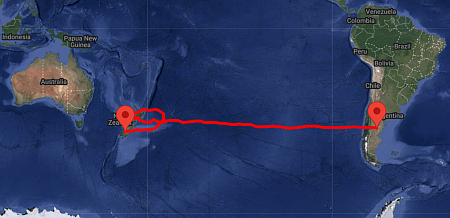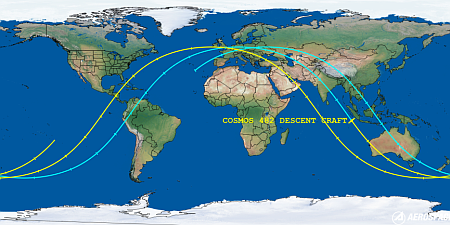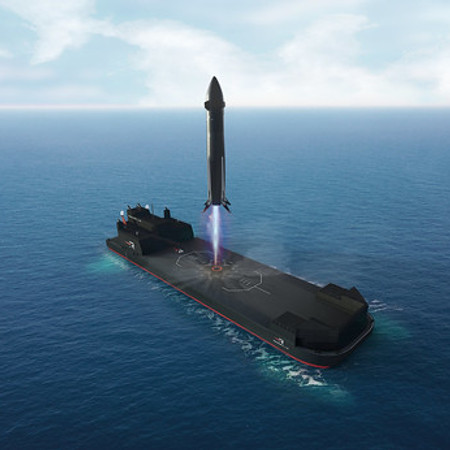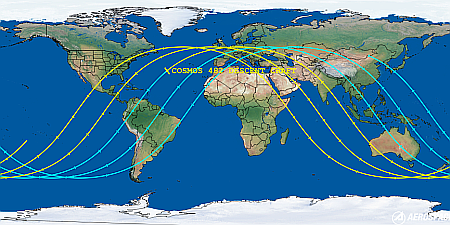Varda’s third capsule returns to Earth, completing hypersonic test for Air Force

Varda’s third capsule, on the ground in Australia.
Click for original image.
The third recoverable capsule for the startup Varda has landed successfully in Australia, completing its commercial orbital mission for the Air Force, which tested a positional sensor intended for use during hypersonic missile flights.
The California-based space manufacturing startup said the capsule, carrying an inertial measurement unit (IMU) developed for the U.S. Air Force by Innovative Scientific Solutions Incorporated (ISSI), touched down at the Koonibba Test Range operated by Southern Launch.
According to company officials, the capsule reentered Earth’s atmosphere at speeds exceeding Mach 25 – more than 25 times the speed of sound. “This extreme environment offers researchers valuable data to enhance hypersonic navigation, expand orbital economy applications, and support U.S. national security objectives in low Earth orbit,” said Dave McFarland, Varda’s vice president of hypersonic and reentry test.
The capsule had been launched on March 14, 2025 on a SpaceX Falcon 9. Of the capsule’s now three flights, two have tested equipment sensors during descent. Only the first did in-space manufacturing, as had been what Varda anticipated would be its primary customer base.
This was also the second return in a row landing in Australia. Initially the company had planned to return the capsules in the U.S., as it did with its first capsule, but the bureaucratic red tape from both the FAA and the military to do that landing was so bad (delaying the capsule’s return by six months) Varda made alternative arrangements in Australia.

Varda’s third capsule, on the ground in Australia.
Click for original image.
The third recoverable capsule for the startup Varda has landed successfully in Australia, completing its commercial orbital mission for the Air Force, which tested a positional sensor intended for use during hypersonic missile flights.
The California-based space manufacturing startup said the capsule, carrying an inertial measurement unit (IMU) developed for the U.S. Air Force by Innovative Scientific Solutions Incorporated (ISSI), touched down at the Koonibba Test Range operated by Southern Launch.
According to company officials, the capsule reentered Earth’s atmosphere at speeds exceeding Mach 25 – more than 25 times the speed of sound. “This extreme environment offers researchers valuable data to enhance hypersonic navigation, expand orbital economy applications, and support U.S. national security objectives in low Earth orbit,” said Dave McFarland, Varda’s vice president of hypersonic and reentry test.
The capsule had been launched on March 14, 2025 on a SpaceX Falcon 9. Of the capsule’s now three flights, two have tested equipment sensors during descent. Only the first did in-space manufacturing, as had been what Varda anticipated would be its primary customer base.
This was also the second return in a row landing in Australia. Initially the company had planned to return the capsules in the U.S., as it did with its first capsule, but the bureaucratic red tape from both the FAA and the military to do that landing was so bad (delaying the capsule’s return by six months) Varda made alternative arrangements in Australia.












